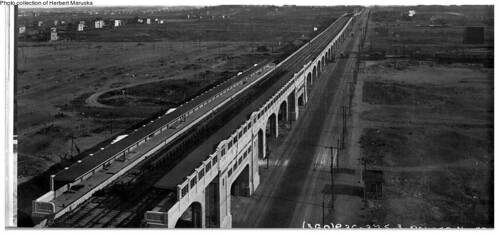nfitz
Superstar
I'd think it would be difficult from a contracting perspective. Either you'd have to change part of the tunnelling from one contractor to the other and have them operating out of the same Site, or you'd have to get the contractor doing the northern tunnels a significant change order to do both simultaneously, because it would drive up their costs.I can't help but wonder if that is what in fact may happen. Granted they'd have to find a way to power 4 TBMs from the same site, but that seems like relative small potatoes - especially considering the power sources available there.
I'd think a more likely scenario is that if the northern tunnels have fallen that far behind, we'll see a staged opening to Steeles West in 2015, with the Vaughan stations following later.

